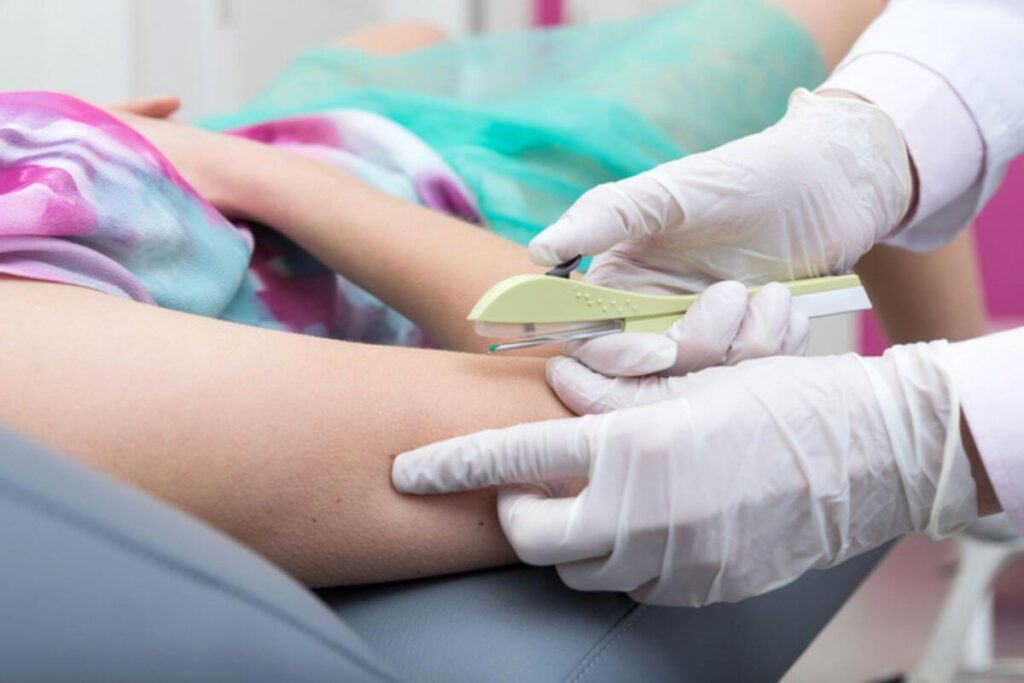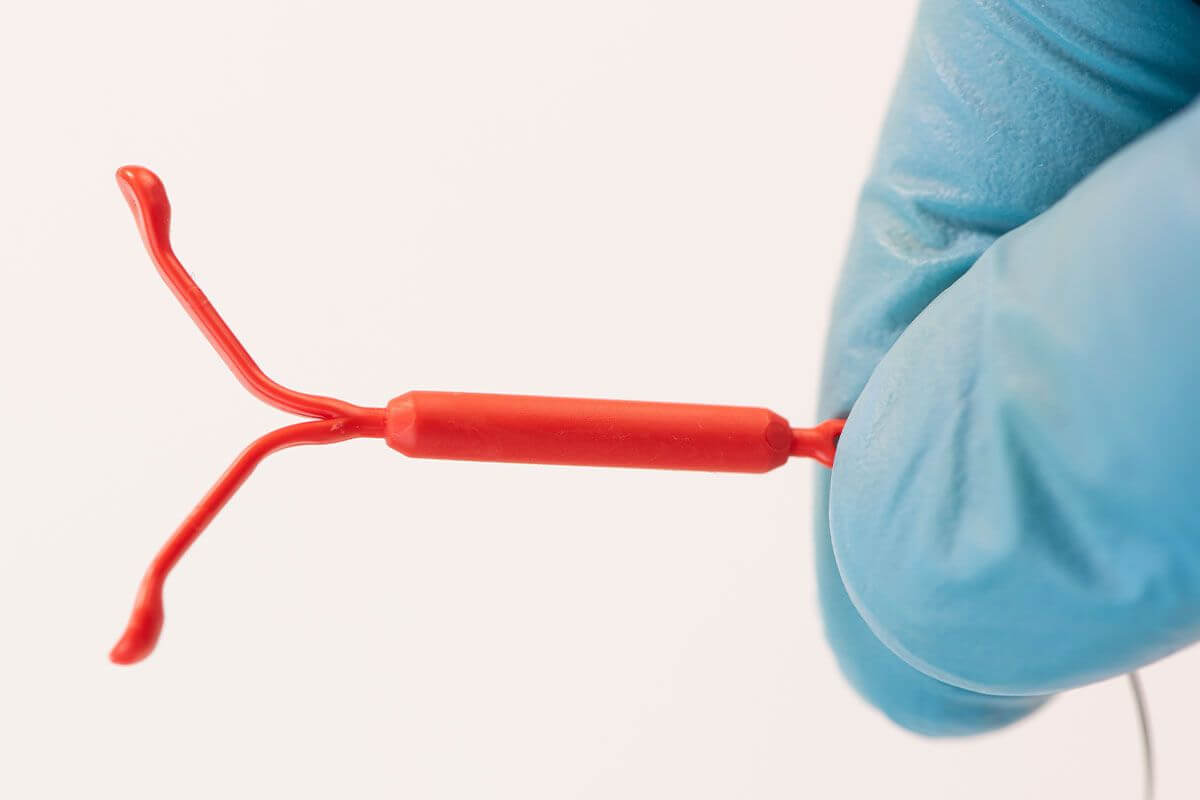The insertion of an Intrauterine Device (IUD) is a common and effective method of contraception for many women. After the procedure, it’s natural to have questions about daily activities, including something as routine as taking a bath. In this comprehensive guide, we will explore the do’s and don’ts of taking a bath after IUD insertion.
The Intrauterine Device (IUD) is a highly effective and long-lasting form of contraception. Before we delve into the details of taking a bath after IUD insertion, it’s essential to understand the IUD insertion process. This knowledge can help you make informed decisions about your post-insertion care.
1. Pre-Insertion Consultation:
The process begins with a pre-insertion consultation with your healthcare provider. During this appointment, you’ll discuss your contraceptive needs, medical history, and any questions or concerns you may have about the IUD.

2. Timing Matters:
IUD insertion is typically scheduled during or immediately after your menstrual period. This is when the cervix is naturally more open, making the procedure more comfortable and less painful.
3. The Procedure:
The actual insertion of the IUD is a relatively quick and straightforward process. Here’s what you can expect:
- You will lie on an examination table, similar to a pelvic exam.
- Your healthcare provider will use a speculum to gently open your vaginal canal, allowing them to access the cervix.
- The cervix is then cleaned to minimize the risk of infection.
- Your healthcare provider will measure the depth of your uterus to ensure the IUD is placed correctly.
- The IUD, a small T-shaped device with a string attached, is then inserted through the cervix and into the uterus.
- Once in place, your healthcare provider will trim the string so that it extends just a short distance into the vagina. This string will allow you to check the IUD’s position and ensure it’s in place.
4. Post-Insertion Recovery:
After the procedure, you may experience cramping and mild discomfort. These symptoms are normal and typically subside within a few hours to a few days.
5. Follow-Up Appointments:
It’s essential to attend any follow-up appointments scheduled with your healthcare provider to ensure that the IUD is correctly in place and that you have an opportunity to address any questions or concerns.
The IUD is a highly effective and convenient form of contraception that offers long-term protection. However, like any medical procedure, it’s essential to follow appropriate post-insertion care to ensure its effectiveness and your well-being.
Now that you understand the IUD insertion process, we can explore the do’s and don’ts of taking a bath after this procedure to ensure a safe and comfortable recovery.
The Do’s of Taking a Bath After IUD Insertion
Here are the key considerations for taking a bath after IUD insertion:
1. Wait for a Few Days
It’s advisable to wait for a few days after IUD insertion before taking a bath. This allows the cervix to close and reduces the risk of introducing bacteria into the uterus, which could potentially lead to an infection.
2. Ensure the Water is Clean
When you decide to take a bath, make sure the water is clean and the bathtub is well-maintained. Dirty water or a poorly cleaned bathtub can introduce bacteria into the body, potentially increasing the risk of infection.
3. Avoid Hot Water
While taking a bath, avoid using extremely hot water. High temperatures can cause increased blood flow to the pelvic area, which may exacerbate cramping and discomfort after IUD insertion. Lukewarm water is a safer choice.
4. Keep Baths Short
Opt for shorter baths rather than prolonged soaking. Extended periods in water can potentially introduce bacteria into the body, especially if the bathwater cools down during the process.
5. Rinse Well
After your bath, ensure you rinse thoroughly to remove any soap, shampoo, or bath products from the genital area. Residue from these products can cause irritation.
The Don’ts of Taking a Bath After IUD Insertion
To ensure a safe and uneventful bath experience after IUD insertion, here are the important don’ts to keep in mind:
1. Don’t Submerge Immediately
Avoid submerging yourself in water right after IUD insertion. Wait for a few days to reduce the risk of introducing bacteria into the uterus.
2. Skip Swimming Pools and Hot Tubs
In the days following IUD insertion, it’s best to avoid swimming in pools and hot tubs. Public bodies of water carry a higher risk of infection, and chlorine or other pool chemicals can potentially irritate the insertion site.
3. Don’t Use Bubble Baths or Bath Bombs
Bubble baths and bath bombs may contain fragrances, oils, or chemicals that can irritate the genital area or interfere with the healing process. It’s best to avoid them in the days following IUD insertion.
4. Avoid Harsh Soaps and Scrubbing
While bathing, steer clear of harsh soaps and vigorous scrubbing around the genital area. These practices can cause irritation or disrupt the healing process.
5. Don’t Ignore Signs of Infection
If you experience symptoms like unusual discharge, fever, severe pain, or other signs of infection after taking a bath, contact your healthcare provider promptly. Infections can occur post-insertion and need to be addressed.
Conclusion
Taking a bath after IUD insertion is indeed possible, but it requires careful consideration of timing and hygiene. By waiting a few days, using clean water, and avoiding excessively hot temperatures and harsh bath products, you can safely enjoy a bath while supporting the healing process. If any concerns or symptoms arise, always consult your healthcare provider to ensure your well-being and the effectiveness of your chosen contraception method.
Post-Insertion Comfort and Care
After your IUD insertion, it’s crucial to prioritize your comfort and well-being. Here are some additional tips for post-insertion care:
1. Pain Management:
It’s common to experience cramping or discomfort after IUD insertion. Over-the-counter pain relievers, such as ibuprofen, can help alleviate these symptoms. Consult your healthcare provider for specific recommendations.
2. Observation:
Keep an eye on any changes in your body and your overall health. If you notice unusual symptoms, such as heavy bleeding, foul-smelling discharge, or persistent pain, contact your healthcare provider promptly. These could be signs of a complication or infection.
3. Check the Strings:
Your healthcare provider will trim the IUD strings to a specific length. Periodically check the strings by inserting a clean finger into your vagina. If you can’t feel the strings or they seem longer or shorter than usual, contact your healthcare provider.
4. Regular Follow-Up:
Attend any scheduled follow-up appointments with your healthcare provider. They will ensure the IUD is correctly in place and address any concerns or questions you may have.
5. Contraceptive Back-Up:
In the days immediately following IUD insertion, use an additional contraceptive method, such as condoms, to ensure effective contraception. Your healthcare provider will advise you on when it’s safe to rely solely on the IUD for birth control.
6. Stay Hygienic:
Maintain good hygiene by gently cleaning your genital area during and after baths. Avoid harsh soaps or any products that may irritate the insertion site.
A Healing Process
IUD insertion is a safe and effective method of contraception, and with proper care and post-insertion hygiene, you can ensure the best possible outcome. Remember that discomfort, if present, should improve over time. If you have any concerns or questions about your IUD or your post-insertion care, do not hesitate to contact your healthcare provider. They are your best resource for guidance and support during this important phase of your reproductive health journey.
In conclusion, taking a bath after IUD insertion is permissible, provided you wait a few days, use clean water, and follow recommended hygiene practices. Remember that your well-being and comfort are paramount during the post-insertion period, so be attentive to your body and seek professional guidance if needed. Your IUD is an effective and reliable contraceptive method, and with proper care, you can confidently enjoy the benefits of both your IUD and a relaxing bath.
FAQS
Certainly, here are some frequently asked questions (FAQs) regarding taking a bath after IUD insertion:
When can I take a bath after IUD insertion?
It’s advisable to wait for a few days, typically 2-3 days, before taking a bath after IUD insertion. This allows the cervix to close and reduces the risk of introducing bacteria into the uterus.
Can I swim in pools or hot tubs after IUD insertion?
It’s best to avoid swimming in pools and hot tubs in the days following IUD insertion. Public bodies of water may carry a higher risk of infection, and pool chemicals can potentially irritate the insertion site.
Is it safe to use bubble baths or bath bombs after IUD insertion?
Avoid using bubble baths and bath bombs in the days following IUD insertion. These products may contain fragrances, oils, or chemicals that can irritate the genital area or interfere with the healing process.
What type of soap should I use when bathing after IUD insertion?
Use mild and gentle soaps when bathing after IUD insertion. Harsh soaps can potentially cause irritation. It’s best to choose unscented and hypoallergenic products.
Is it normal to experience discomfort after IUD insertion?
Yes, it’s common to experience cramping or discomfort after IUD insertion. Over-the-counter pain relievers, as recommended by your healthcare provider, can help alleviate these symptoms.
What should I do if I can’t feel the IUD strings during self-checks?
If you can’t feel the IUD strings or they seem longer or shorter than usual during self-checks, contact your healthcare provider. They can assess the placement of the IUD and ensure it is correctly in place.
When is it safe to rely solely on the IUD for birth control?
Your healthcare provider will advise you on when it’s safe to rely solely on the IUD for birth control. It’s typically after a few days or as recommended during your follow-up appointment.
What are signs of a possible infection after IUD insertion?
Signs of a possible infection may include heavy bleeding, foul-smelling discharge, persistent pain, or flu-like symptoms. If you experience any of these symptoms, contact your healthcare provider immediately.
Are baths recommended for easing cramps after IUD insertion?
Lukewarm baths can be soothing for cramps after IUD insertion. However, avoid hot water, as it can increase blood flow to the pelvic area and potentially worsen discomfort.
How often should I attend follow-up appointments after IUD insertion?
It’s important to attend any scheduled follow-up appointments with your healthcare provider. They will ensure the IUD is correctly in place and address any concerns or questions you may have.



